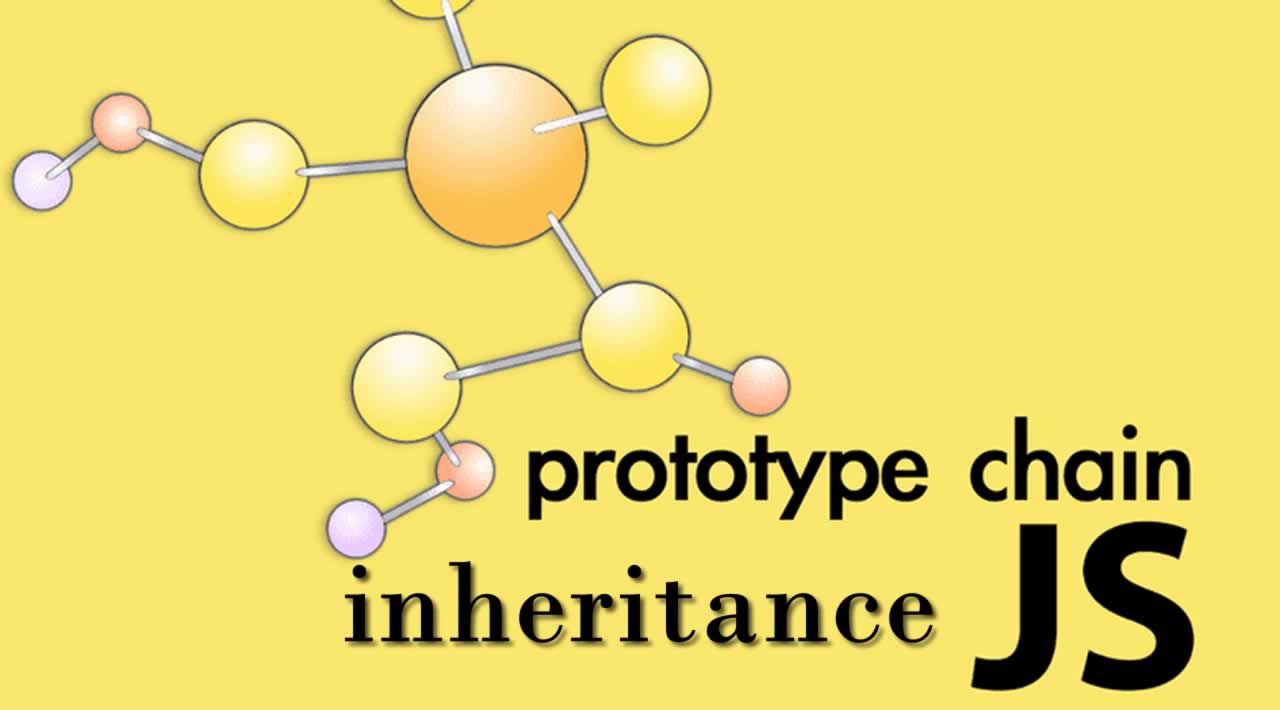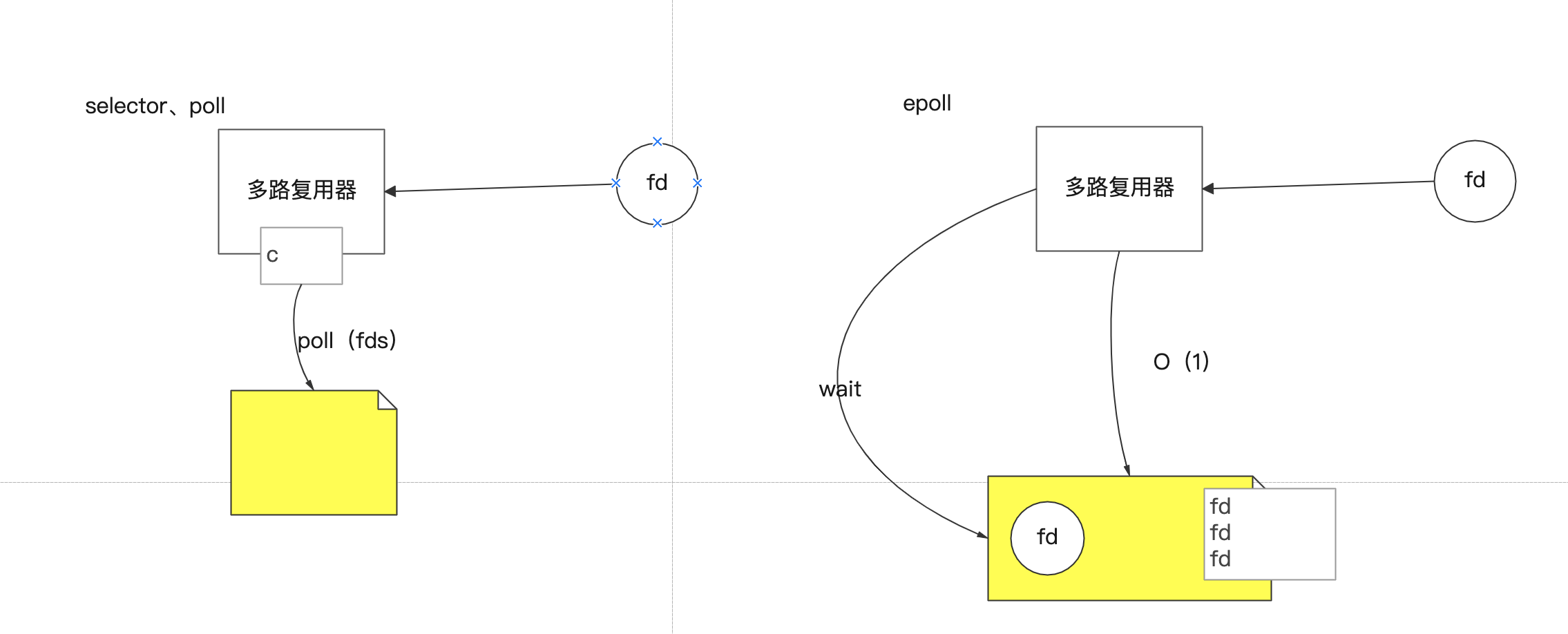JavaScript 的变量提升
JavaScript 的设计不同于传统编程语言,它自成一派,有很多的奇妙特性。
今天就来聊聊变量提升。
变量提升是什么
ES5 之前,JavaScript 实际上并不存在块级作用域。JavaScript 引擎对 JavaScript 中 var 类型变量的声明的处理方式是:
- 如果变量在函数外部声明,那么该变量会被提到全局作用域顶端
- 如果变量在函数内部声明,那么该变量会被提到函数作用域顶端
函数外部作用域
1 | console.log(shape); // OUTPUT : undefined |
如果按照 C 语言的逻辑,第 1 行的 console.log 引用了未声明的变量,应该发生错误。但实际上却输出 undefined,也就是说实际上这里 shape 已经被声明了,只是没有初始化赋值而已。
这就是变量提升。实际上上面的代码会被 JS 引擎识别为这样
1 | var shape; |
函数内部作用域
1 | function getShape(condition) { |
在这里,JS 没有块级作用域,所以与 C 语言不同,在 if 语句中声明的 shape 变量会由于变量提升,而被提到 getShape 的顶端。变成下面这样
1 | function getShape(condition) { |
ES6 块级作用域
ES6 引入了块级作用域,这让开发者对变量有了更多的控制,且让变量有灵活的生命周期。
块级声明在块级 / 词法作用域里面声明,他们在 “{}” 中被创建。
1 | function getShape(condition) { |
在这里我们不用 var 而用 let 来声明我们的变量,let 就更类似于传统编程语言中的变量声明,它具有块级作用域。
在同一个作用域内,如果已经使用 var 标识符声明了变量,同时又用 let 标识符声明同名变量时会抛出错误。但是,如果在 let 声明的变量作用域外,声明同名变量是不会报错的。(这种情况也同样适用于我们即将谈论的 const 声明。)
这其实可以用局部作用域来理解,let 只在它声明的那个块级作用域有效,这与 C/C++ 这类传统编程语言中的局部作用域的特性很类似。
1 | var shape = "square"; |
1 | var shape = "square"; |
const
const 声明语法与 let 和 var 相似,生命周期与 let 相同,但你还要注意一些规则。
用 const 声明的变量将像 常量 看待,因此 它们的值在定义后是不可以修改的 。由于这样,每个 const 变量都 必须在声明的同时进行初始化 。
1 | const shape = "triangle";//valid |
但在声明对象时,对象的属性可以被修改。
1 | const shape = { |
所以 const 可以防止整个绑定的修改,而不是绑定的值。
暂时性死区
使用 let 或 const 声明的时候,它们并不会变量提升 ,所以在它们被声明之前,使用它们会抛出 ReferenceError 错误。
在进入作用域和不能访问的这段时间,我们称为暂时性死区。
提示:“暂时性死区” 不是 ECMAScript 规范里的正式定义,它只是在程序员中广为流行而已。
建议
如果你对 var 的特性十分了解,那么可以在项目中使用它,但不推荐,因为不利于维护。
let 和 const 已经完全可以代替 var 的使用,这是更加符合程序员认知的用法。








